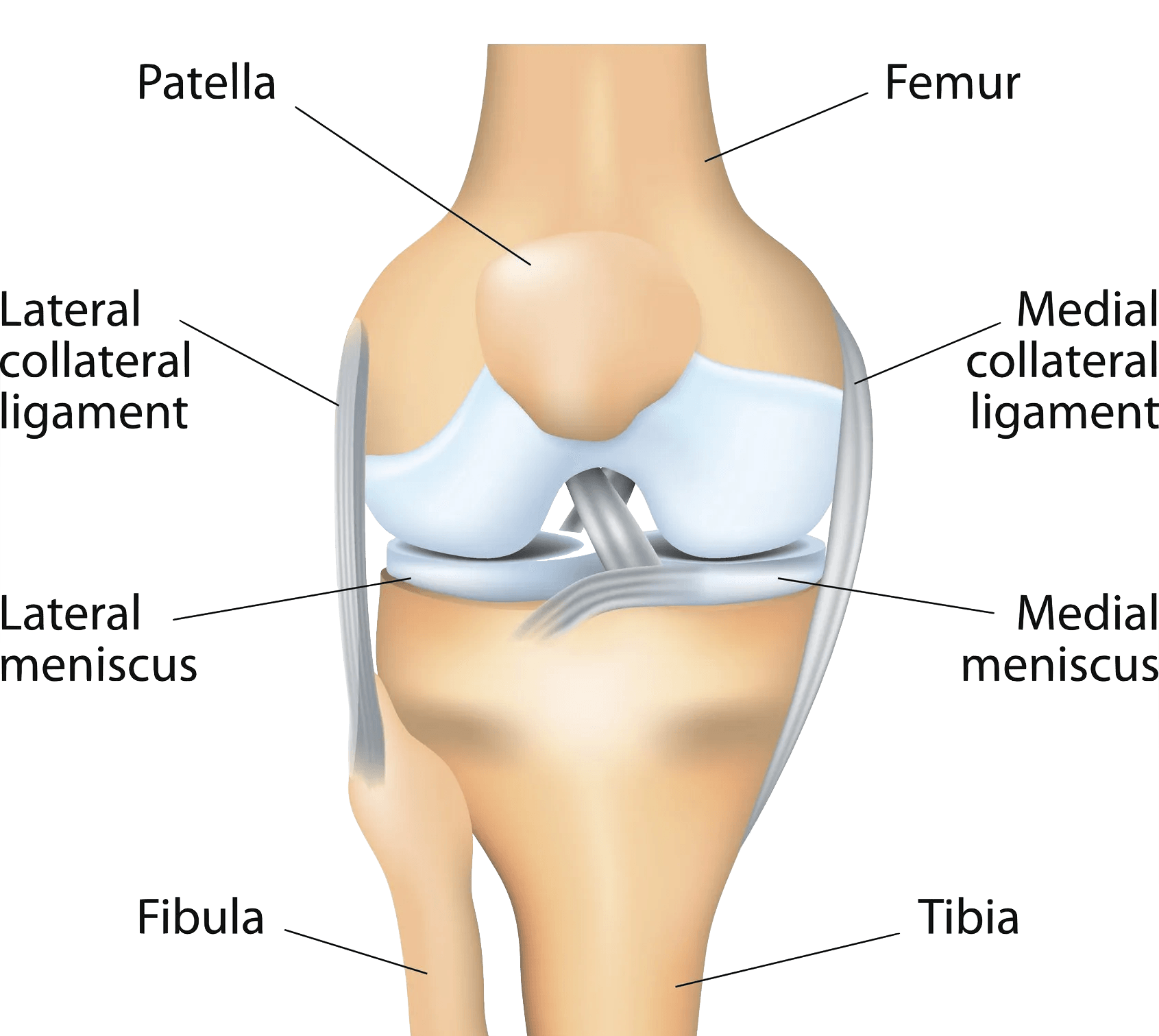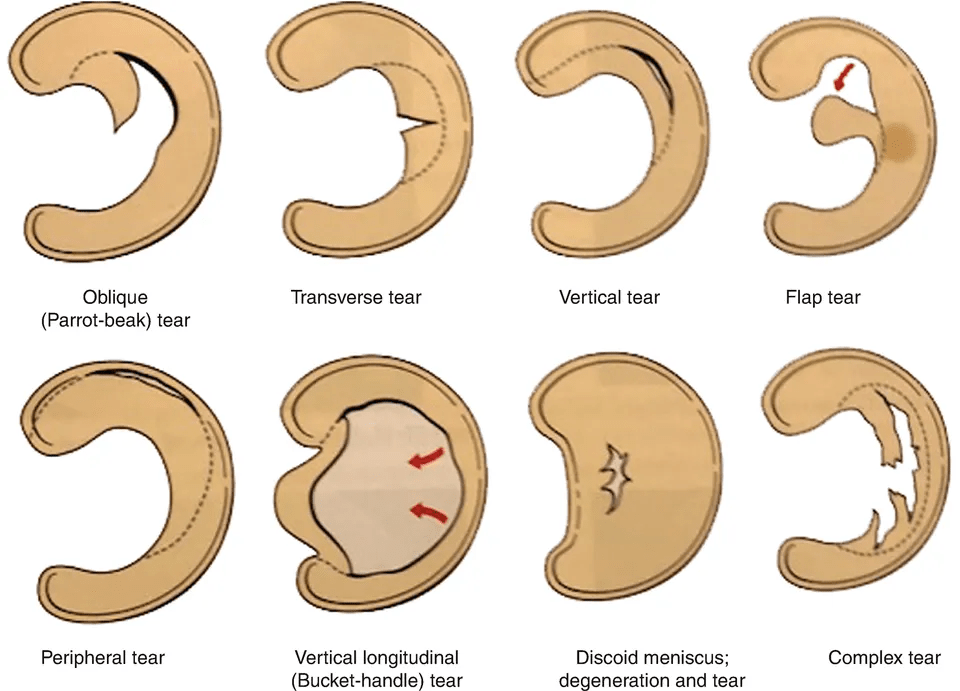Knee Meniscus Tear & Repairs
What is a Knee Meniscal Tear?
A Meniscal Tear is a break in the meniscus wedge (C-shaped cartilage) in your knee. Meniscal tears are common cartilage injuries in both contact and non contact sports from twisting or pivoting injuries. In children, adolescents and young adults, abnormal anatomy of the meniscus (discoid meniscus) can predispose them to meniscal tears without a significant injury. Symptoms of meniscal tears can include:
- Knee pain
- Inability To Either Bend Or Fully Straighten The Knee (Decreased knee range of motion)
- A Tendency For Your Knee To Get "stuck" Or Lock Up
- Audible ‘clicking’
- Knee instability or "giving way"
Will Meniscus Heal by Itself?
Some meniscal tears have the capacity to heal. Generally, these are smaller tears, which occur in the periphery of the meniscus or in children, when there is greater blood supply to the meniscus. This capacity to heal diminishes with age. Most meniscal tears however do not heal. They can however become asymptomatic- if this occurs, no surgery is required.
Treatment for a Meniscal Tear
Untreated meniscal tears from trauma or injury can lead to arthritis and often need surgery if symptoms do not settle with non-operative treatment. Meniscal tears can also occur in combination with tears of ligaments around the knee (eg an ACL Tear) and these injuries usually require surgical management. Meniscal tears without trauma or injury are usually as a result of degenerative wear and early arthritis and usually do not need surgical treatment of the tears.
Surgical treatment for a meniscal tear is guided by many different factors including the patient's age, the chronicity (age) and location of the meniscal tear and previous surgeries on the same injury. Broadly speaking, operative interventions involve arthroscopic (keyhole) surgery to either repair the tear of the meniscus or remove loose unstable segments of the meniscus (partial meniscectomy) in irreparable cases.




